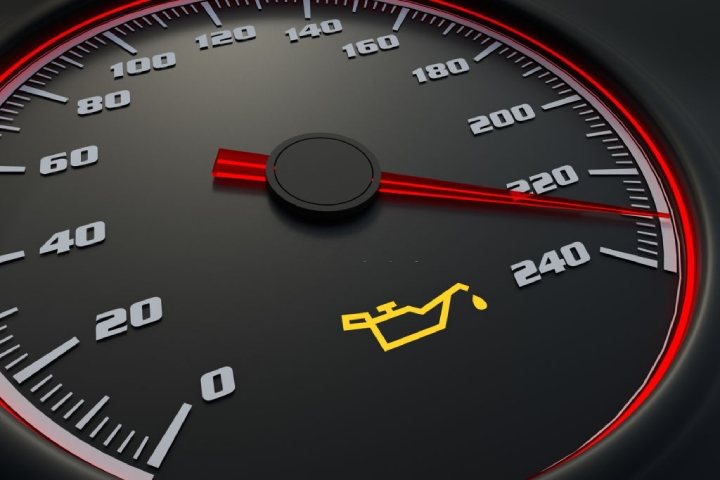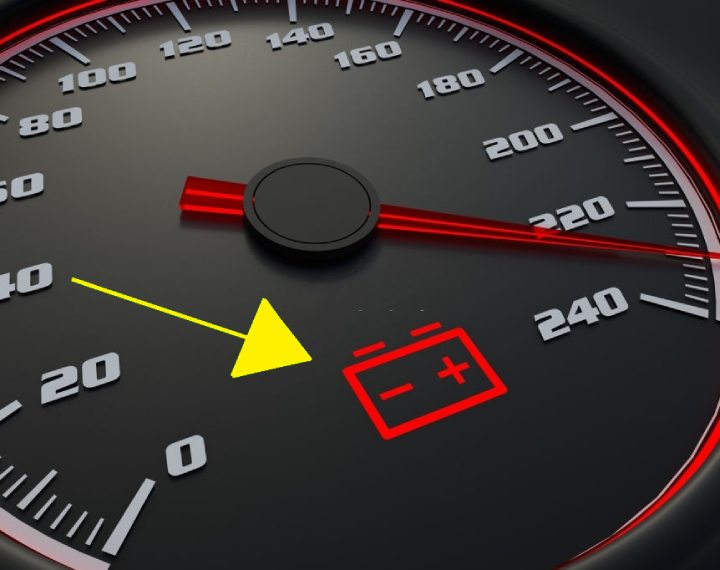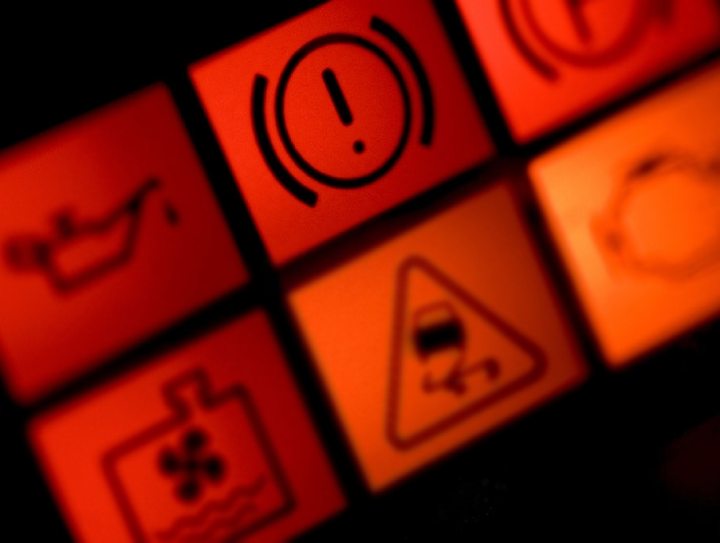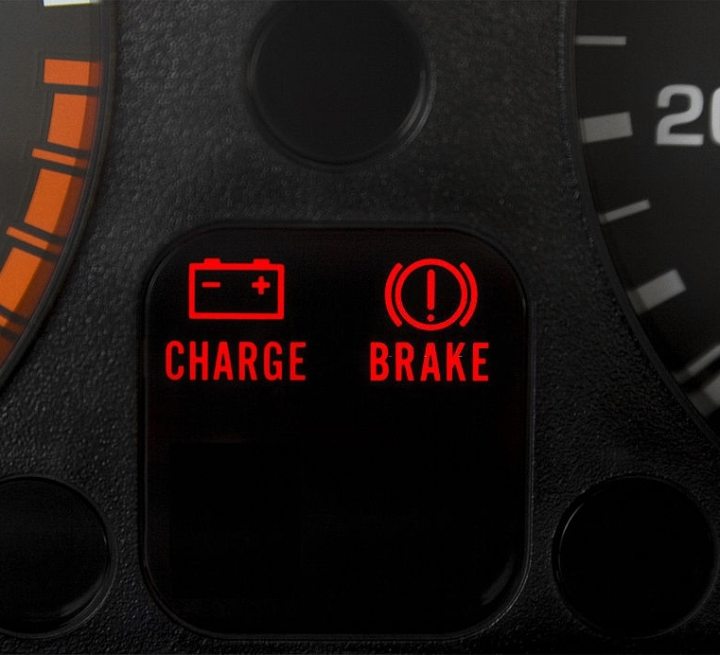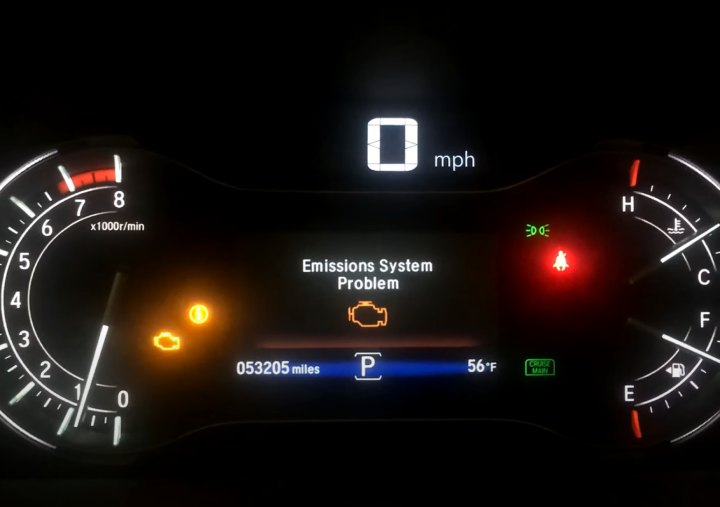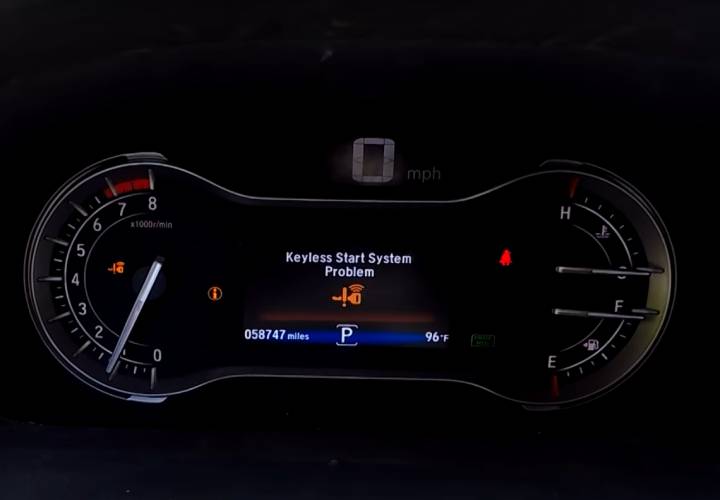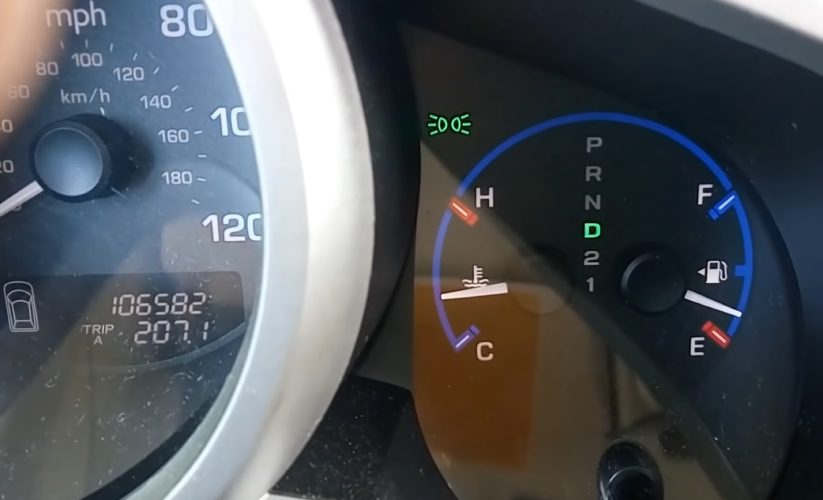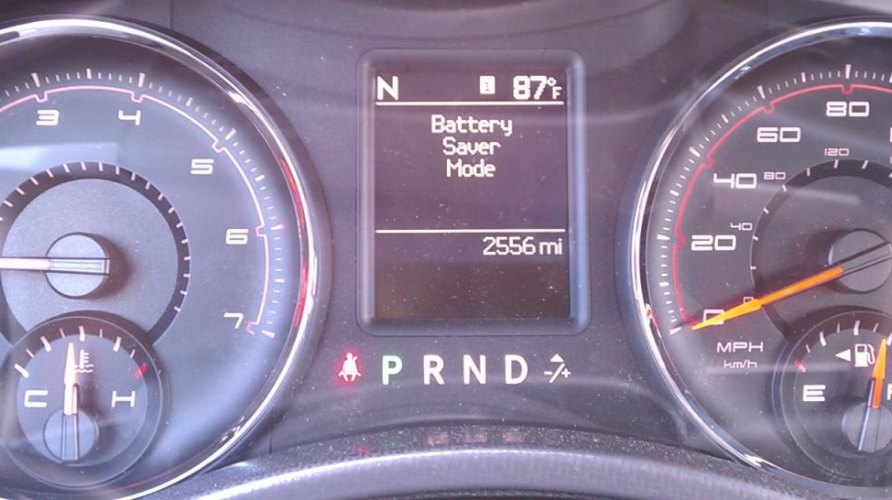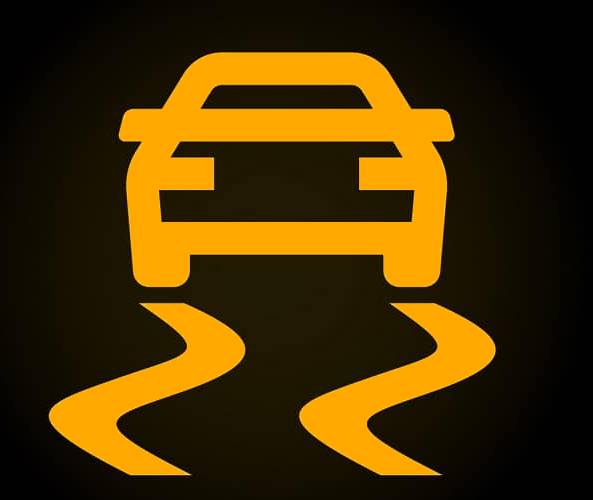Does your oil warning light turn on now and then, especially when the car is moving fast or turning? Here is what you should be doing to ensure you avoid any damage to your engine.
There can be several reasons why your oil light turns on when accelerating hard or making a sharp turn. Some can be as simple as a low oil level, while others can require a further inspection from a certified mechanic. As soon as you see the warning light for your oil pressure turn on, you should pull over and check your engine oil level.
Below I will discuss the 2 most common scenarios where your car will throw an oil warning light while the car is moving. If you are experiencing the same warning light when the car is idling, you can read more on the possible reasons for an oil light when the car is stationary.
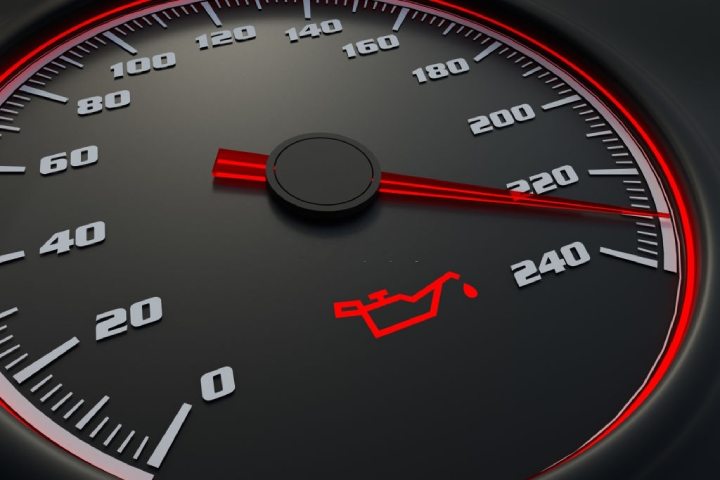
Why oil light comes on when turning?
A sharp turn followed by an oil light on the dashboard or a decrease in the oil gauge means your car is probably low on oil.
As you turn the car, the oil pan will move away from the pickup oil tube, resulting in a loss of oil pressure and engine starvation. This can cause permanent damage to your engine.
The oil level is low
Stop your car and check your oil level as soon as possible. If you are unsure how long you should be waiting before checking your oil level, I recommend giving the engine 10-15 minutes after stopping the car.
This is to ensure the oil has had enough time to settle into the oil pan so that you can get an accurate reading of the oil level.
Depending on the reading, you might notice that your oil level is low.
How to top up your engine oil?
You will have to top up your oil using the recommended one by your car’s manufacturer. You should find the exact type of oil by reading the owner’s manual. Remember, using the wrong oil will affect your engine in the long run.
Start adding oil in small amounts and use the dipstick to check the level. It is important to avoid overfilling as this will damage your engine.
If you add too much oil, your dipstick will indicate this. At this point, you mustn’t start the engine. Otherwise, you risk damaging your engine components.
You should jack the car up, drain the engine, change the filter and add new oil. If you are not comfortable doing this yourself, you can find a mechanic that can come to your place and do this for you. Alternatively, you can have the car towed into a repair garage.
As you can notice, performing regular maintenance on your car and regular checks will ensure you will not face hefty bills in the future. I recommend checking your fluid levels at least once per month and top up as needed.
After topping up, you are good to go! If the oil light does not show up again, then you fixed your problem!
Why oil light comes on when accelerating?
While the same principle applies when accelerating the car, there can be other reasons and why you get a warning light on the dashboard.
Assuming your engine level is fine, you should check the oil pressure sensor. This is the next thing you should check when you get an oil light on your dashboard.
The oil pressure sensor is faulty
When you accelerate, the oil pressure goes up. A bad sensor will not update in time and send the wrong information to the engine control unit (ECU).
Some customers also report that they get a flickering oil light, and almost all the time, the fault was a bad sensor.
If your car or truck has an oil pressure gauge, and the reading shows 0, then again, it indicates you might be dealing with a faulty sensor.
How do you change an oil pressure sensor?
The easy way would be to get the car into a repair shop and have a mechanic do it. This way, you can be sure the work will be done to a high standard, and you don’t risk damaging other components.
However, if you are feeling confident, you can do this yourself. I will go over the steps involved in the procedure below.
- A easy way to locate your oil pressure sensor is to check your owner’s manual, as that will indicate the exact position. Normally, it should be located on the engine block. Below is a picture to help you identify it easier.
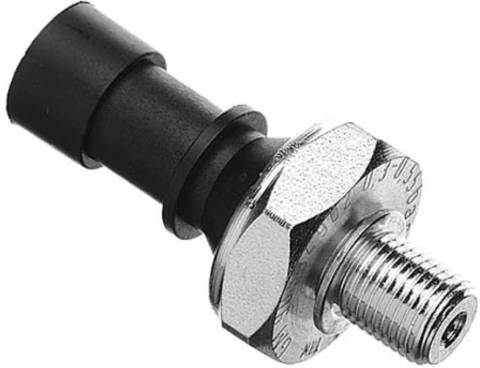
2. Disconnect the wire that connects to the plastic part. You might need to use some force when pulling.
3. Get the proper sized wrench to unscrew the metal part. If the sensor is really old, you might want to use some WD 40 to loosen up the rust.
4. Get the new sensor and use some thread sealant to ensure there are no leaks. When you go to a car parts store to get the new pressure sensor, ask the sales representative, and he will recommend you the right product.
5. Screw the new sensor by hand, and then use the wrench to tighten it all the way in.
6. Connect back the wire from step 2 and make sure that everything is tightened properly.
7. Start your car and let the engine run for a couple of minutes. If everything seems fine, get your car for a drive and see if the problem reappears.
If you still get the light to come on when accelerating, then you probably have a bad oil pump.
The oil pump is faulty
If the new sensor did not fix your problem, you probably deal with a bad oil pump. I do not recommend replacing this part on your own unless you have good knowledge about repairing cars.
It is better to have your car towed to a repair shop, where an experienced mechanic can replace it safely. He will have the necessary tools and knowledge to ensure you do not do further damage to your car.
The average price of replacing a bad oil pump is around $500, but depending on the make and model of your car, it can go up to $700 or more.
How can you know if your oil pump is defective?
- Noise – A whinning or whirring sound can indicate the oil pump is broken. Although rare, this can happen even when your car is idling.
- Low oil pressure – When the pump goes bad, your oil pressure will drop and the warning light will come on your dashboard.
- Higher engine temperature – the role of the oil pump is to pump oil through your engine, lubricating and cooling its components. When there is not enough oil circulating in the engine, the rubbing components will cause it to overheat.
- Valve-train noise – the valve-train system relies on proper lubrication. When the oil pressure drops, they will start producing a loud noise.
- Noisy hydraulic lifters – A defective oil pump will result in a drop in oil pressure, preventing the oil to flow properly through the hydraulic lifters. They will get noisy and eventually stop working.
Oil leak
Wear and tear, low temperatures, and age can damage the seals, gaskets, and plugs that keep the oil contained. If any of these parts fail, your car will start leaking oil.
An oil leak will lead to pressure loss when accelerating, causing your oil light to turn on. Eventually, the leak will get worse, and the warning light will stay on at all times.
Identifying a leak is pretty easy, as a glance under the hood will tell you if there is one. Also, pay attention when you are driving away.
As the car has been sitting for a longer time, you should notice any oil on the ground.
If there is a leak, you might think it is good to overfill the engine with oil. This will damage your engine components!
If your car is leaking oil, ensure your oil level is within the recommended limits and drive your car to a repair garage as soon as possible to get it fixed.
Final thoughts
Any warning light that is on should be taken seriously and you should have your car inspected as soon as possible.
The oil light is no different, and as you can see from this article, there are several reasons why this light might come on. Whether accelerating, turning, or braking, there is a reason why your oil pressure drops.
If you are lucky, your car might be low on oil or have a faulty sensor. However, a faulty pump or a leak can cost you a couple of hundred dollars in reparations.
Regardless, I recommend not driving your car if the oil light is on, even though you know there is a leak or a bad sensor.
Resources
Where the oil goes in your engine
My name is Jeffrey Williams and I have been a car mechanic for over 35 years. I am currently working NYC Auto Repair Shop, in New York City and recently developed a strong passion about blogging. I decided to put together this blog where I will try and answer the most commonly asked questions I get on a daily basis from my customers.

